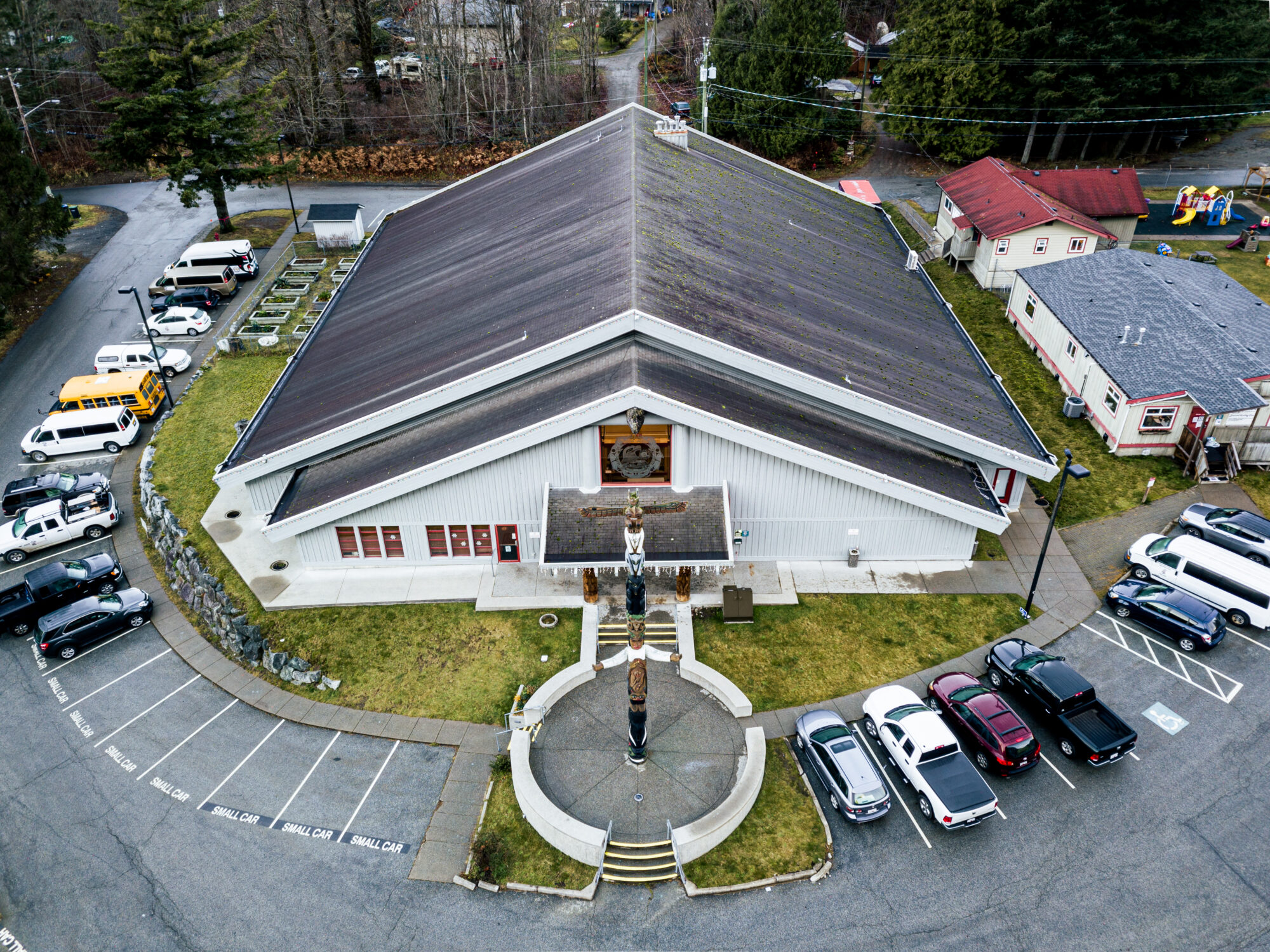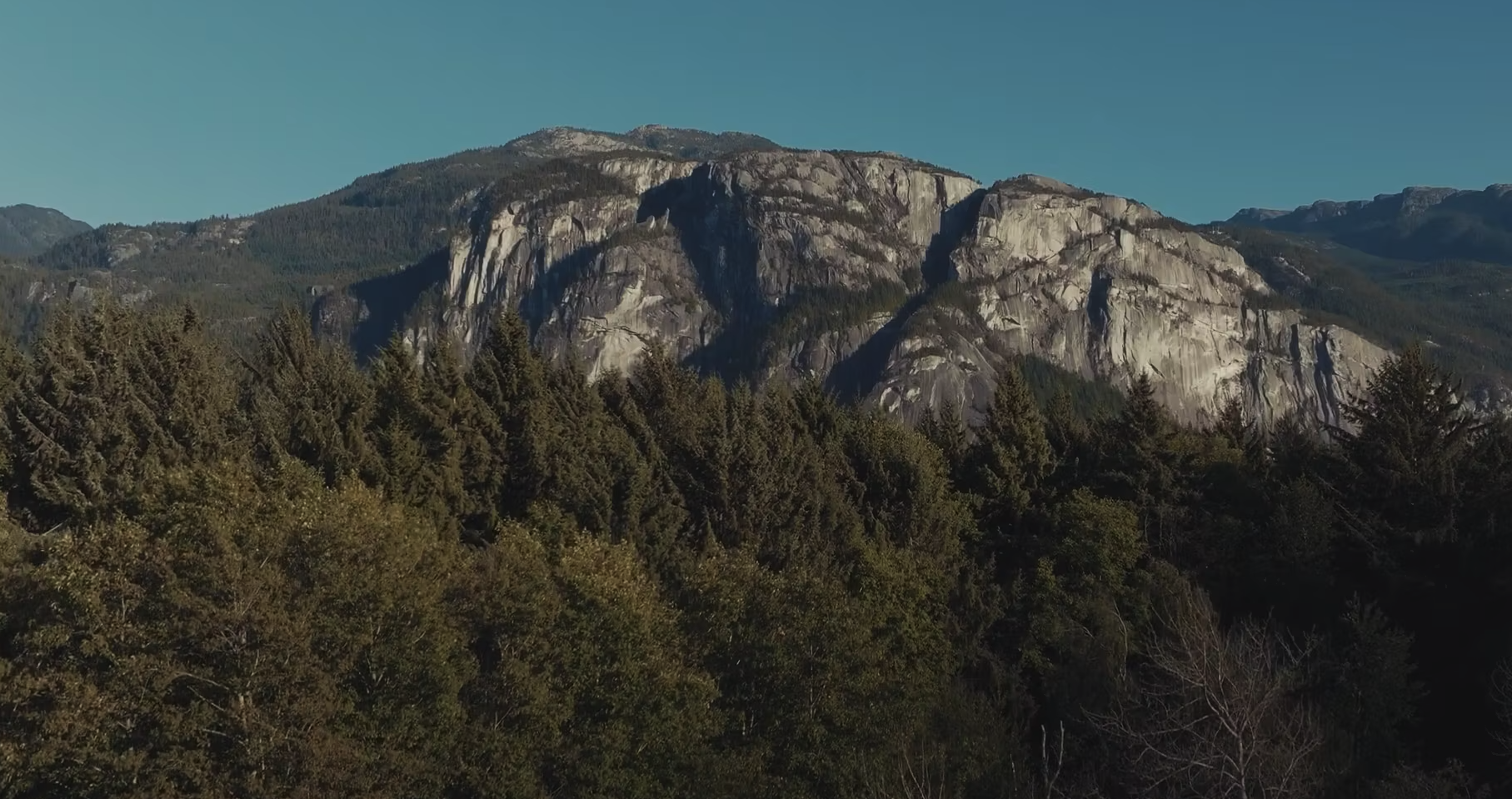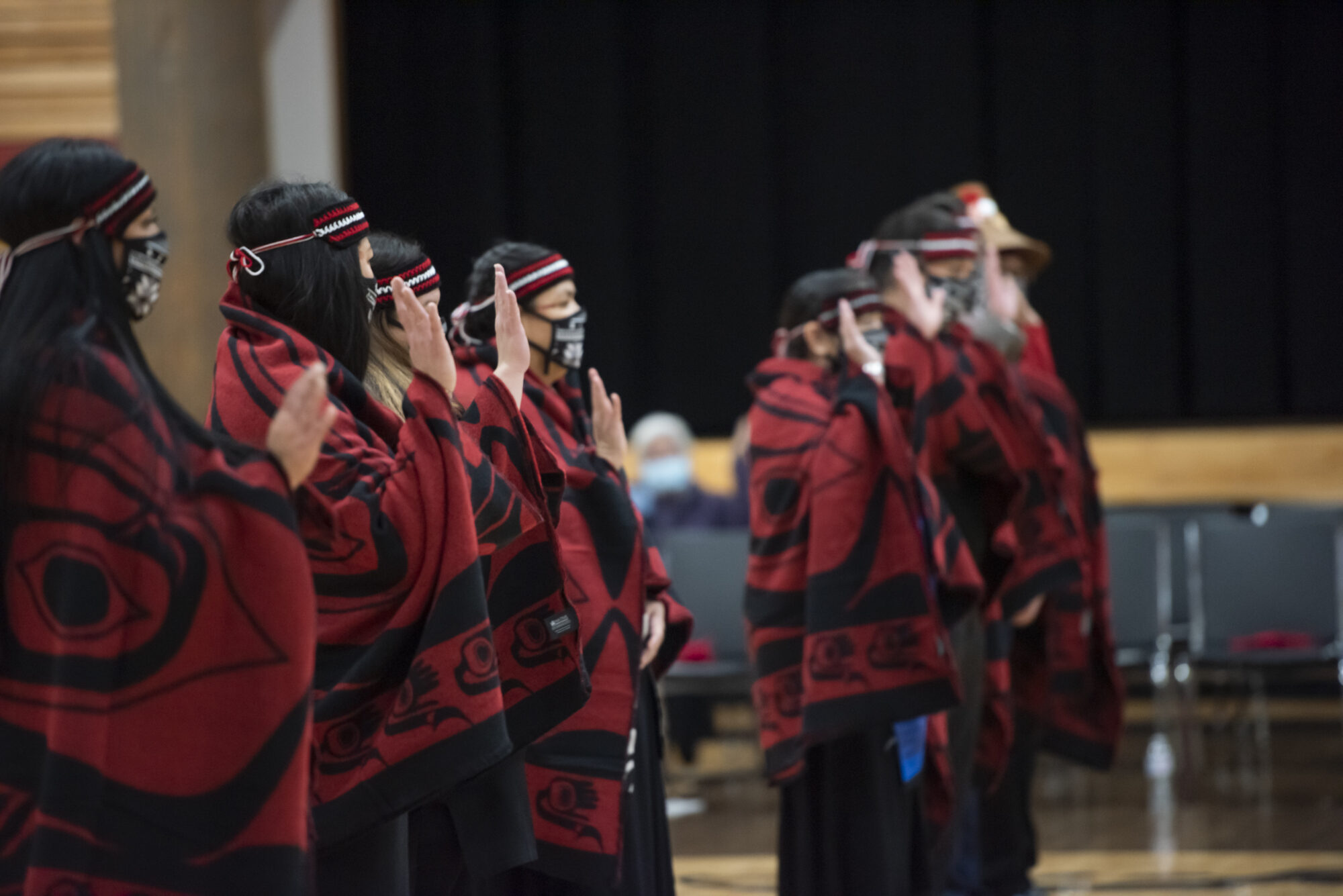
Embracing the Spirit of Sk̲w̲xwú7mesh Úxwumixw: An Adventure in Squamish Nation Traditional Lands
From the moment the towering granite face of the Stawamus Chief bursts into view, dominating the horizon as you drive the Sea-to-Sky Highway, it’s clear you’re entering a place of profound power and majesty. This isn’t just another scenic stop on a journey; it’s an immediate, visceral introduction to the heart of Sk̲w̲xwú7mesh Úxwumixw, the traditional territory of the Squamish Nation. My journey to Squamish, British Columbia, wasn’t merely about ticking off adventure sports or scenic hikes; it was an immersive experience in a landscape deeply woven with millennia of Indigenous history, spirituality, and stewardship. For any traveler seeking more than just a pretty picture, Squamish offers a rare opportunity to connect with an ancient land and its living culture.
The Chief: A Sentinel of Spirit and Stone
The Stawamus Chief, or Siyám Smánit in the Squamish language, is more than just a massive granite monolith; it’s a living entity, a spiritual guardian, and a cornerstone of Squamish Nation oral tradition. Its sheer scale is breathtaking, a vertical world rising over 700 meters above Howe Sound (Átl’ka7tsem). For adventure seekers, it presents one of Canada’s most iconic and challenging day hikes. There are three distinct peaks, each offering progressively more arduous climbs and increasingly expansive rewards.

I opted for a combination, aiming for the First and Second Peaks. The trail begins deceptively gently, winding through old-growth forest, a cathedral of moss-draped cedars and towering firs. But soon, the ascent becomes relentless. Root systems form natural staircases, while sections of the trail require scrambling over exposed granite slabs, aided by fixed chains and ladders. This isn’t a stroll; it’s a full-body workout, a test of endurance and nerve. With every upward pull and every burning quad muscle, I felt a deeper connection to the land, imagining the generations of Squamish people who traversed these slopes, perhaps not for recreation, but for sustenance, ceremony, or simply to understand their world from a higher vantage point.
Reaching the First Peak, the reward is immediate and overwhelming. A vast, panoramic vista unfolds: Howe Sound stretching out, dotted with islands, the town of Squamish nestled below, and the snow-capped peaks of the Coast Mountains forming a jagged horizon. The air up here is crisp, carrying the scent of pine and rock, and the silence is profound, broken only by the occasional cry of a raven or the distant hum of activity below. Standing on that exposed granite, feeling the wind whip around me, I truly understood why this place holds such spiritual significance. It feels like the top of the world, a place where the veil between the physical and the spiritual might be thinnest. Legends speak of the Chief as a transformed ancestor, a guardian who watches over the Squamish people and their lands. This spiritual presence is palpable, urging respect and quiet contemplation.
Continuing to the Second Peak adds another layer of challenge and solitude. The traverse between peaks involves more technical sections, but the views shift, offering new perspectives on the vastness of the territory. Every step felt like a pilgrimage, a physical embodiment of stepping onto a land that has been nurtured and respected for millennia.
Beyond the Summit: Exploring St’á7mes and Átl’ka7tsem

While the Chief is undeniably the centerpiece, the broader Squamish area, known as St’á7mes to the Squamish Nation, offers a rich tapestry of experiences that further illuminate its connection to Indigenous heritage. The town itself, nestled at the confluence of the Squamish River and Howe Sound, hums with an energy born from its identity as "The Outdoor Recreation Capital of Canada." Yet, beneath this modern veneer of climbing gyms, bike shops, and craft breweries, lies a deep historical and cultural foundation.
One of the most accessible ways to grasp the sheer scale and beauty of Sk̲w̲xwú7mesh Úxwumixw is a ride on the Sea-to-Sky Gondola. Ascending rapidly to an elevation of 885 meters, the gondola provides breathtaking aerial views that stretch from the turquoise waters of Howe Sound up into the rugged Coast Mountains. From the summit lodge, a series of accessible trails, a spectacular suspension bridge, and various viewing platforms offer different perspectives. Looking out over this expansive landscape, it’s easy to envision the traditional travel routes of the Squamish people, their hunting grounds, fishing territories, and seasonal village sites that once dotted the inlets and riverbanks. The gondola experience, while modern, offers a powerful lens through which to appreciate the vastness of this unceded territory and the intricate knowledge Indigenous peoples held of every peak, valley, and waterway.
Down by the water, Howe Sound (Átl’ka7tsem) itself is a vital artery. Kayaking, paddleboarding, and kiteboarding are popular activities here, offering a unique perspective of the Chief rising majestically from the water’s edge. But for the Squamish Nation, Átl’ka7tsem was, and remains, a source of life. It provided salmon, shellfish, and a pathway for canoes, connecting communities and facilitating trade. The deep fjords and sheltered bays were perfect for fishing, crabbing, and harvesting marine resources. Even a casual paddle across the calm waters evokes a sense of timelessness, connecting you to the ancient rhythms of this coastal environment.
Further exploration might lead to Shannon Falls, a magnificent 335-meter waterfall just south of town. For the Squamish Nation, waterfalls often hold special significance, seen as places of power and cleansing. The constant roar and spray of Shannon Falls feel invigorating, a testament to the raw energy of the land. Similarly, Alice Lake Provincial Park, with its pristine lakes and lush forests, offers gentler trails and swimming spots, reflecting the diverse ecosystems within Sk̲w̲xwú7mesh Úxwumixw that provided everything from berries and medicinal plants to timber and game.

Learning from the Land: Deepening the Indigenous Connection
To truly experience Squamish is to acknowledge that every trail walked, every peak summited, and every paddle stroke taken is on unceded Sk̲w̲xwú7mesh Úxwumixw. This means the land was never surrendered or legally signed away. This understanding shifts the travel experience from passive consumption to active engagement and respect.
The Squamish Nation has always been, and continues to be, the caretakers of this land. Their deep ecological knowledge, passed down through generations, is a testament to sustainable living in harmony with nature. Stories, songs, and language – Sk̲w̲xwú7mesh sníchim – are intimately tied to the landscape, embedding cultural identity within the very mountains and waters. While there isn’t a dedicated Squamish Nation cultural center directly in Squamish town (the Squamish Lil’wat Cultural Centre is in nearby Whistler, representing both Nations), interpretive signs and local initiatives are increasingly highlighting the Indigenous presence and history. Engaging with these resources, or even simply seeking out information online from the Squamish Nation website, can significantly enrich your visit.
As travelers, our role is to be respectful guests. This means adhering to Leave No Trace principles, staying on marked trails, and understanding that some areas may hold specific cultural or spiritual significance and should be treated with extra reverence. It means moving beyond viewing the land as merely a playground and recognizing it as a living, breathing entity with a profound history and ongoing cultural importance to its original stewards. It means understanding that the stories of the Chief, the abundance of Howe Sound, and the very air we breathe here are imbued with the spirit of the Squamish people.
Practicalities for the Conscious Traveler
Getting There: Squamish is conveniently located about an hour’s drive north of Vancouver along the stunning Sea-to-Sky Highway (Highway 99). The drive itself is part of the experience, offering spectacular coastal and mountain views. Public transport options from Vancouver are limited but available via bus services.

Best Time to Visit: Spring, summer, and early fall offer the best conditions for hiking, climbing, and water sports. The vibrant greens of spring, the long, sunny days of summer, and the fiery hues of autumn each offer a unique charm. Winter transforms Squamish into a different kind of wonderland, with snowshoeing, backcountry skiing, and storm-atching, though some trails become inaccessible.
Accommodation: Options range from cozy B&Bs and boutique hotels in town to various campgrounds and RV parks, including those within Stawamus Chief Provincial Park. Booking in advance, especially during peak season, is highly recommended.
What to Bring: For hiking the Chief, sturdy hiking boots, layers of clothing (weather changes quickly), plenty of water, snacks, and a camera are essential. For general exploration, comfortable walking shoes, rain gear (just in case), and sun protection are wise. Always be bear-aware and know how to safely store food.
Safety: Always inform someone of your hiking plans. Be prepared for challenging terrain and rapidly changing weather conditions. Carry a first-aid kit and know your limits.
Conclusion: A Journey of Respect and Revelation
My time in Squamish, immersed in the raw beauty and profound cultural heritage of Sk̲w̲xwú7mesh Úxwumixw, was more than just a travel experience; it was a revelation. It taught me that true adventure lies not only in conquering a peak but also in opening one’s mind to the stories etched into the landscape, to the wisdom of its original caretakers.
The Stawamus Chief stands as a timeless monument, a powerful reminder of the enduring presence of the Squamish Nation. To visit this place is to be invited into a narrative much grander than your own journey, a story of resilience, deep connection, and an unwavering spirit. So, when you plan your visit to Squamish, come not just for the thrill of the climb or the beauty of the views, but come with an open heart and a respectful mind, ready to learn from the land and its people. You will leave not only with incredible memories but with a deeper understanding of what it means to truly belong to a place.

